
China Ceramics and Porcelain Tour
CET-25: 8-15 Days Customized Shanghai, Hangzhou, Jingdezhen, Yixing, Henan Ceramic Culture Tour
This itinerary encompasses representative museums and archaeological sites of China's four famous kilns. Combining hands-on ceramics and porcelain experiences, gourmet delicacies, and cultural heritage visits, it allows for a comprehensive understanding of the essence of Chinese ceramic and porcelain culture.
Trip Highlights
- Covers museums and sites representing the four major Chinese porcelain kilns.
- Incorporates ceramic cultural experiences.
- Includes heritage visits.
- Provides a comprehensive understanding of Chinese ceramic culture.
- Convenient transportation between destinations, main attractions can be covered in 5 days.
- Additional sites can be added or removed to customize your own ceramic tour based on personal preferences.

Quality
No Shopping Traps

Group Type
Private

Tour Focus
Ceramic, Porcelain

Accommodation
Nights:7-14
Best Season
Spring, Summer, Autumn, Winter
Map of this Trip
Click to enlargeFull itinerary for China Ceramics and Porcelain Tour
Guangfulin Cultural Relics: Shanghai's Root
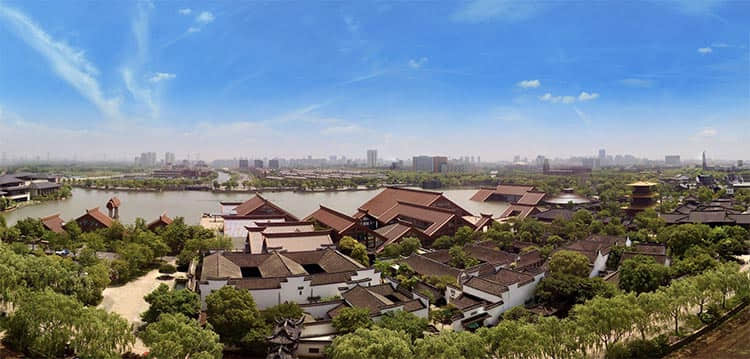
The Guangfulin cultural site is a significant relic from the late Neolithic period to the Xia, Shang, and Zhou dynasties. It serves as a crucial window to understand the ancient culture and history of the Shanghai region. The site is rich with many precious cultural relics and historical remains, such as stone tools, pottery, jade, bronzeware, etc., offering deep insights into the production and daily life of ancient humans.
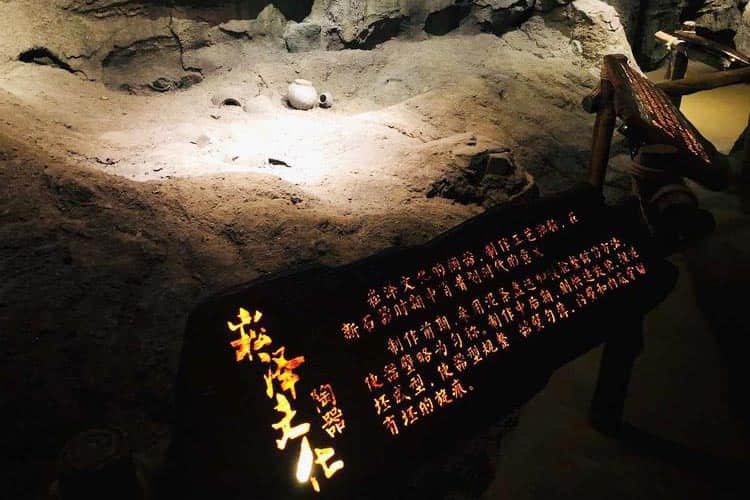
Moreover, the complex boasts abundant water features and greenery, presenting beautiful natural scenery. It also provides an excellent place for relaxation and leisure. The architectural and landscape design of the Guangfulin cultural site is very distinctive, allowing you to appreciate the charm of art and aesthetics during the tour.

Optional activities:
1. A panoramic view of the modern face of Shanghai from Shanghai World Financial Center (the Eye of Shanghai).
2. Attend an entertaining Acrobatic Show.
3. Take a Huangpu River night cruise.
4. Explore the captivating water towns near Shanghai on a half-day trip.
Southern Song Dynasty Guan Kiln Museum
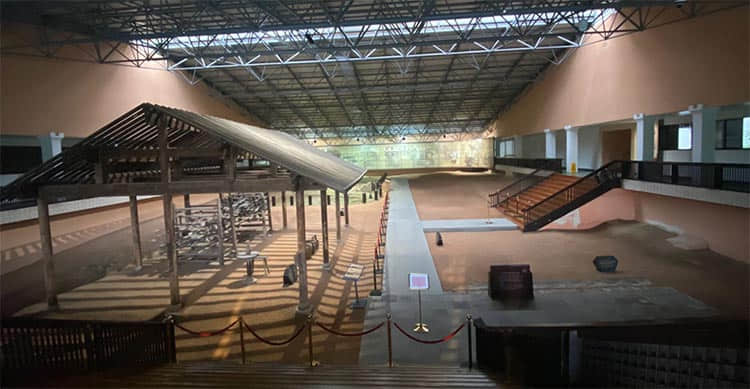
China's first ceramic-themed museum established on the site of an ancient kiln, showcasing the charm and characteristics of the Southern Song Dynasty official kiln. The Southern Song official kiln was a royal porcelain kiln dedicated to the Southern Song court, known for its elegant porcelain shapes, lustrous glazes, and thin bodies with thick glazes. It is renowned as one of the top five famous kilns of the Song Dynasty, standing out in the history of Chinese ceramics.
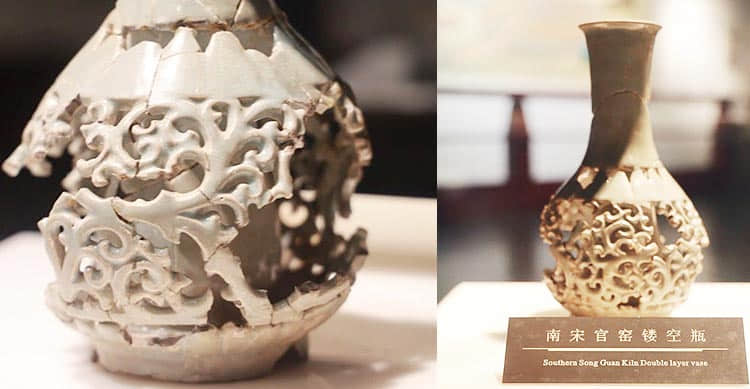
The Southern Song official kiln site is the real production site of official kiln porcelain from over eight hundred years ago. After archaeological excavations, it has been well-preserved, with an existing area of approximately 1,500 square meters. The main relics include the Dragon Kiln and porcelain workshops. The site's protective hall, built in harmony with the terrain, is one of the largest heritage conservation buildings in southern China. To vividly and intuitively reproduce the production process of Southern Song porcelain, the museum has recreated a set of traditional porcelain-making tools and equipment. Visitors can personally engage and experience the joy of making antique-style ceramics.

Hangzhou Workmanship Demonstration Pavilion

Here you can experience provincial-level intangible cultural heritage projects such as Tianzhu chopstick making techniques, oil-paper umbrella manufacturing, Fuyang bamboo paper production, soft clay sculpture, bamboo weaving, and tie-dyeing. Through interaction with intangible cultural heritage, you can feel the craftsmanship and uniqueness of these heritage skills.
Optional activities:
1. Strolling around West Lake.
2. Exploring the ancient Grand Canal.
3. Experiencing Chinese longjing tea culture in Hangzhou.
4. Cruising through the thousand island lake.
Jingdezhen China Ceramic Museum

The China Ceramic Museum is the first large-scale ceramic-themed museum in China. It houses over 50,000 pieces of ceramic artifacts, including pottery from the Neolithic period to masterpieces from various historical periods since the Han and Tang dynasties. Among them, there are over 1,600 national treasures, representing the rich history of porcelain production in Jingdezhen spanning over a thousand years.

Jingdezhen Imperial Kiln Institute (Imperial Kiln Ruins National Archaeological Park)

In 2021, the Jingdezhen Imperial Kiln Institute was honored with the Architizer A+Awards in the "Culture-Museum" category, known as the "Oscars of the Architecture World." Designed by the Zhu Pei Architectural Studio, the museum incorporates the arch shape of a kiln as a design element, reflecting the rounded and minimalist curves of porcelain. This design approach allows visitors to intimately experience the profound culture of the imperial kilns. The Jingdezhen Imperial Kiln Museum houses numerous unique and exquisite ceramic pieces, making it known as the "Best Museum in the World" for the study and appreciation of Jingdezhen porcelain.
Jingdezhen Fanjiajing: Home of Replica Antiques
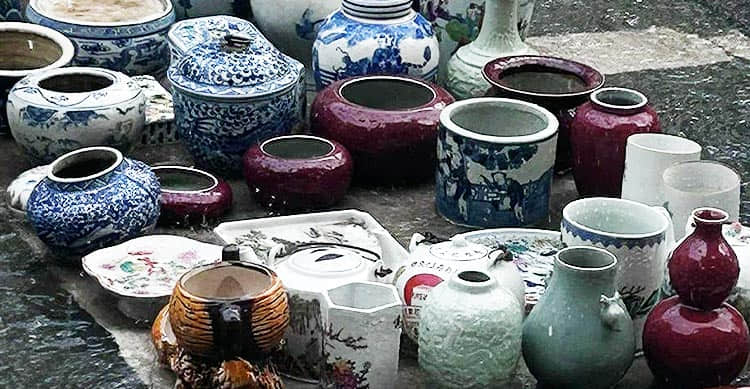
Visiting Jingdezhen without going to Fanjiajing would be like visiting China without seeing Beijing, or visiting France without seeing Paris. This is the largest gathering place for replica antique ceramics in China and even the world. Whether famous or obscure, replica antique ceramics can be found here. The bowls that people use for congee may well be the same style as those in the Palace Museum.

Jingdezhen Sanbaopeng Pottery Experience Center

In the artistic village of Sanbaopeng, under the guidance of professional teachers, experience pottery wheel throwing and ceramic coloring to make your own delightful ceramic artwork in the "Porcelain Capital" of Jingdezhen.
Shushan Ancient South Street
Also known as Shushan Old Street, it was the main distribution center for Yixing ceramics during the Ming and Qing dynasties and the birthplace of Yixing's purple clay culture. It has the typical characteristics of a water town in the Jiangnan region. Here, you can stroll along the ancient street, explore the studios of renowned inheritors of intangible cultural heritage, and discover the art of purple clay ceramics.
Qianshu Ancient Dragon Kiln

This ancient kiln from the Ming Dynasty is still in use today and is known as the "Living Dragon Kiln." It is a renowned kiln for firing Yixing teapots. Visiting here will provide insight into the history of Qianshu Dragon Kiln and the development of Yixing ceramic culture.
China Yixing Ceramic Museum

With nearly ten thousand collections, this museum is like a three-dimensional dictionary of Yixing pottery. The museum displays the origin and development of Yixing purple clay ceramics, as well as archaeological artifacts unearthed from Yixing. Despite the passage of time, these purple clay works still exude their charm.

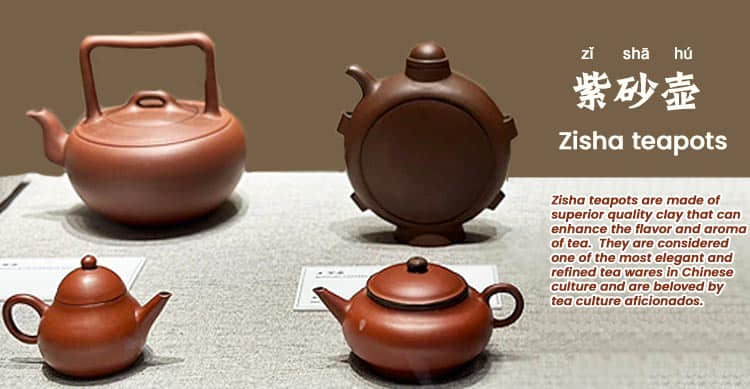
Yangxian Tribute Tea Courtyard
Originally the first state-owned tea factory in Yixing, it is a fusion of purple clay culture and tea culture. Here, you can discover precious relics from old tea factories and learn about the history of Yangxian tea. The courtyard offers spaces like tea workshops, tea tasting bars, creative spaces, and a purple clay culture zone. Through these spaces, you can gain insights into tea production, experience tea ceremonies, and appreciate the unique combination of Yixing's purple clay and tea culture. Half of this place has already been renovated into a hotel, so you can check in and stay here overnight.
Ru Ware Museum and Ru Kiln Site

During the Song Dynasty, there were five renowned kilns known as Ru, Guan, Ge, Ding, and Jun. Among these kilns, Ru is the most famous, rare, and widely regarded as the pinnacle of ceramic craftsmanship. The discovery of the elusive Ru kiln at Qingliangsi in Baofeng County, Henan Province, in 1987 was a momentous event in the history of Chinese ceramics.
Optional activities:
1. Henan Shaolin Kungfu tour.
2. Exploring the Longmen Grottoes.
3. Discovering the Richness of Taoist Culture at Mount Wudang.
This ceramic route can be customized according to your needs.
Wechat & WhatsApp: +86-13471279378
